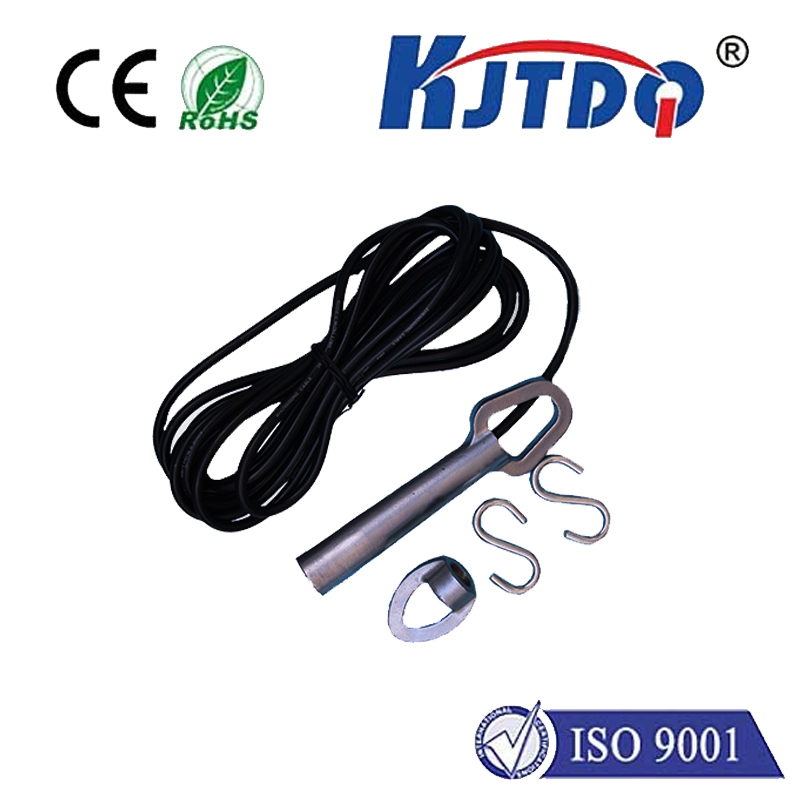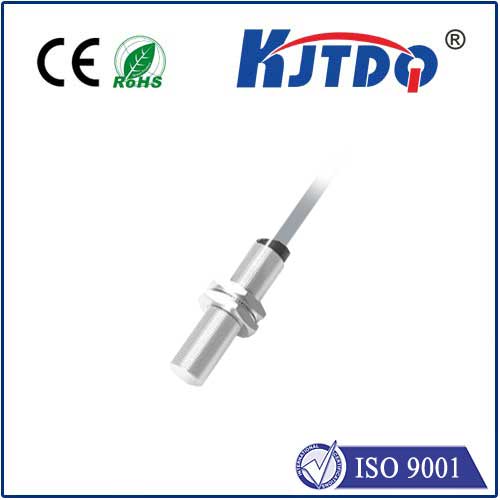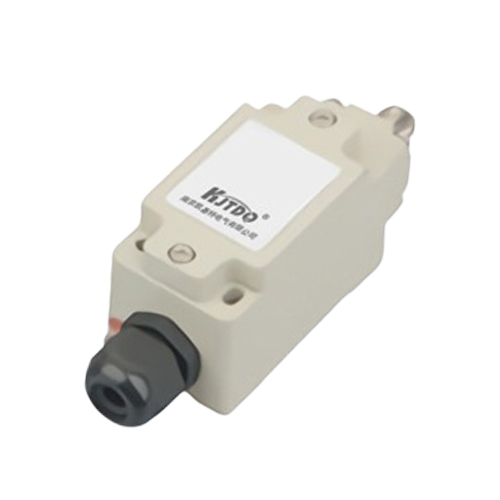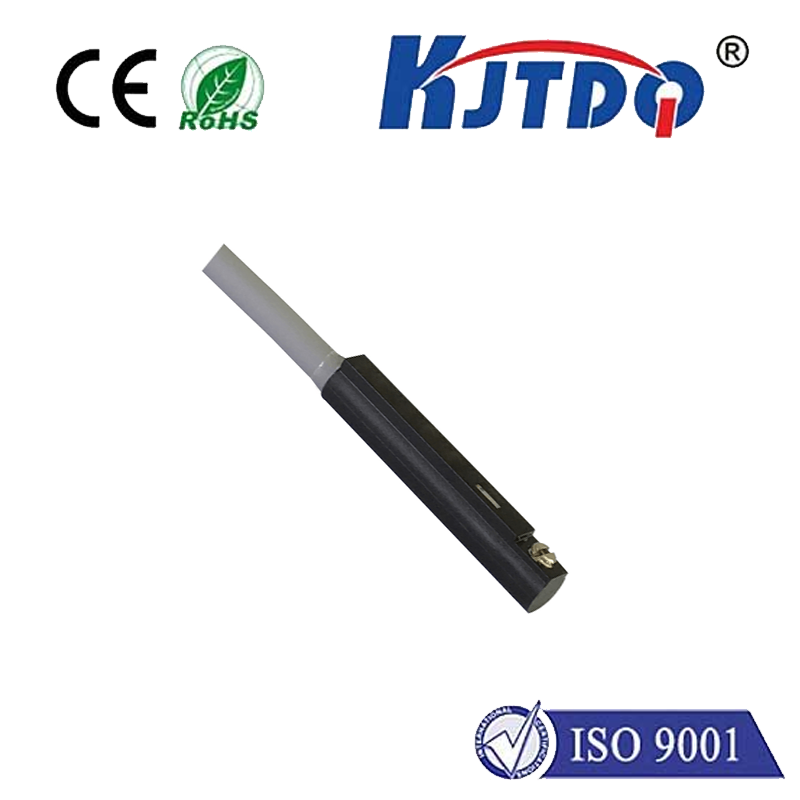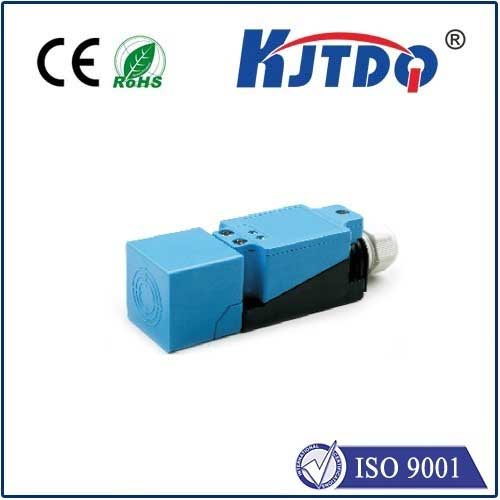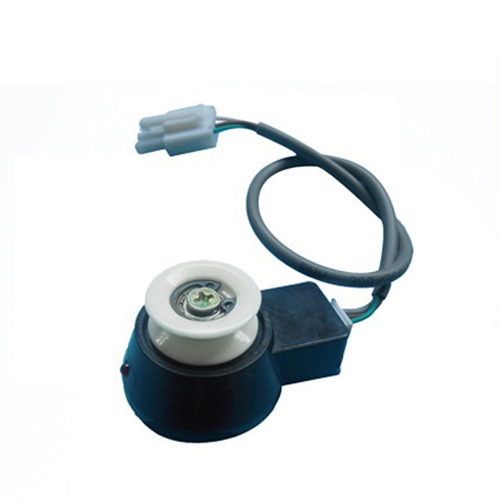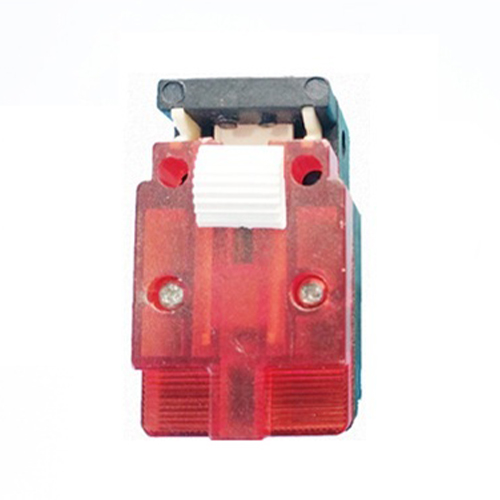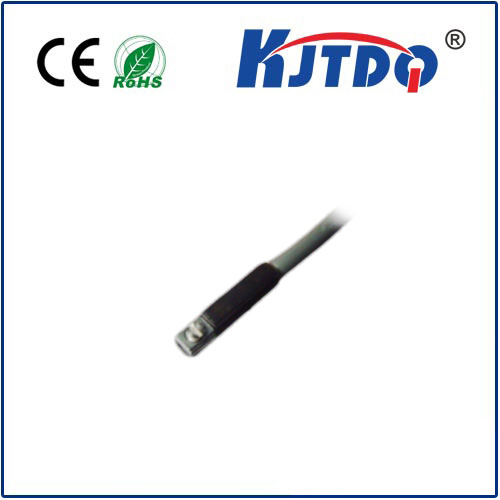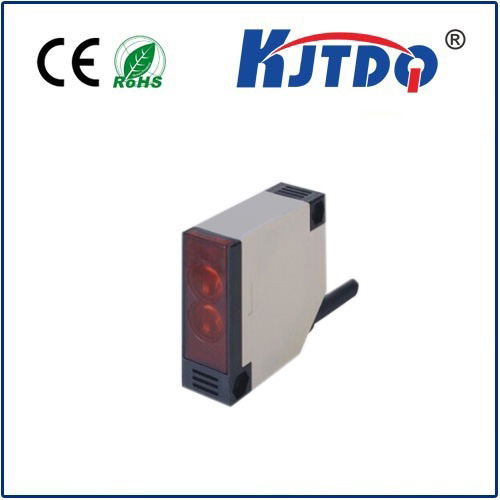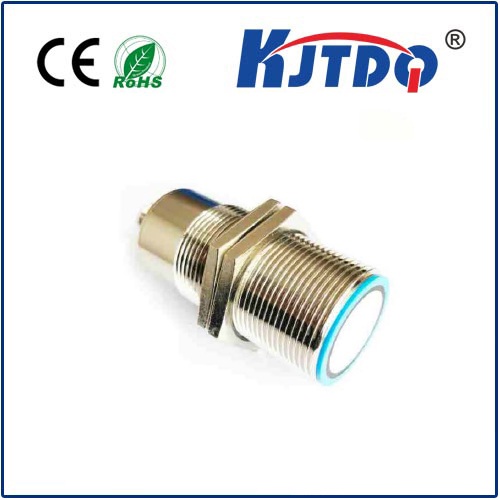BES0357 proximity sensor
- time:2025-10-14 03:41:34
- Нажмите:0
BES0357 Proximity Sensor: Precision Non-Contact Detection for Demanding Industrial Environments
In the intricate dance of modern manufacturing, robotics, and automation, seeing isn’t always required, but sensing is absolutely critical. Where physical contact is impractical, dangerous, or simply too imprecise, non-contact sensing technologies like the BES0357 proximity sensor step into the spotlight. This compact yet robust device exemplifies the power of inductive sensing, offering reliable, high-precision object detection essential for optimizing countless industrial processes.
Understanding the Core: Inductive Proximity Sensing
The BES0357 operates on a fundamental principle: electromagnetic induction. At its heart lies an oscillator coil generating a high-frequency electromagnetic field at its sensing face. When a metallic object enters this active field, eddy currents are induced on the object’s surface. These currents absorb energy from the oscillator, causing its amplitude to decrease. The sensor’s built-in circuitry meticulously detects this specific energy loss, triggering a solid-state electronic switch (the output) without any physical contact whatsoever. This inherent non-contact operation is a defining advantage, eliminating mechanical wear and tear, enabling high-speed detection, and significantly extending the sensor’s operational lifespan compared to mechanical limit switches.
Why the BES0357 Stands Out: Key Features and Capabilities

Engineered for reliability in challenging industrial settings, the BES0357 proximity sensor incorporates several features that make it a preferred choice:
- Compact and Versatile Design: Its typically tubular M18 housing allows for easy integration into tight spaces on machinery, robotic arms, or assembly lines. This standardized form factor ensures broad compatibility with existing mounts and fixtures.
- Exceptional Sensing Performance: Designed for detecting ferrous metals (like iron and steel) at short ranges – commonly up to 8mm. This focused range provides high positional accuracy, crucial for tasks requiring precision placement or counting (e.g., confirming part presence in a fixture or detecting piston position).
- Прочная структура: Built to endure the rigors of factories, featuring:
- Shielded Design: Minimizes interference from surrounding metal and allows for flush mounting.
- High Environmental Resistance: Typically rated IP67 or higher, offering excellent protection against dust ingress and temporary immersion in water. Resistant to oils, coolants, and vibration commonly found in industrial settings.
- Enhanced Electrical Protection: Often includes features like reverse polarity protection, surge protection, and short-circuit protection, safeguarding both the sensor and connected control systems from common electrical faults.
- Reliable Output: Commonly provides a PNP (sourcing) or NPN (sinking) transistor output configuration, compatible with most Programmable Logic Controllers (PLCs) and industrial control systems. This solid-state output ensures fast switching speeds (often in the kHz range) and millions of reliable switching cycles.
- LED Status Indicator: A built-in LED visually confirms operational status and output state (on/off), simplifying installation, troubleshooting, and maintenance diagnostics.
BES0357 in Action: Critical Industrial Applications
The BES0357 proximity sensor finds its niche in numerous applications where dependable, non-contact detection of metal objects is paramount:
- Automated Assembly Lines: Verifying the presence, absence, or correct positioning of metal components on conveyors, pallets, or within workstations. Essential for ensuring assembly sequence integrity and preventing jams.
- Machine Tooling: Monitoring tool position, detecting clamped workpieces, confirming spindle orientation, or safeguarding access doors on CNC machines, lathes, and presses. Contributes directly to process safety and precision.
- Robotics: Providing feedback on end-effector position, confirming gripper closure on metal parts, or detecting the approach of robotic arms to predefined positions for precise pick-and-place operations.
- Перевозка материалов: Counting metal parts on conveyors, detecting the end position of cylinders or lifts, or confirming the arrival of metal carts or carriers.
- Packaging Machinery: Monitoring the position of metal components within packaging machines, detecting metal lids or containers, and ensuring proper sequencing.
- Automotive Manufacturing: Used extensively for detecting pistons, shafts, gears, and other metallic parts throughout engine assembly, transmission lines, and vehicle body shops.
Optimizing Performance: Selection and Implementation Factors
To harness the full potential of the BES0357 sensor, careful consideration during selection and installation is key:
- Target Material: Confirm the primary targets are ferrous metals (iron, steel). Inductive sensors typically have significantly reduced sensing ranges for non-ferrous metals like aluminum or brass. Check datasheet specifications for exact performance.
- Required Sensing Distance: Choose the specific BES0357 variant with the sensing range (Sn) that fits your application’s physical constraints, remembering to account for installation tolerances and potential target variations. Never operate at the absolute maximum specified range for critical detection; incorporate a safety margin.
- Electrical Compatibility: Select the correct output type (PNP or NNP) and voltage rating (commonly 10-30V DC) to match your control system’s input requirements.
- Environmental Conditions: While robust, verify the sensor’s IP rating and temperature range suitability for the specific environment (e.g., high-pressure washdown, extreme heat/cold near ovens or freezers, exposure to specific chemicals).
- Mounting: Ensure the sensor is securely mounted. For shielded types, flush mounting is ideal. Maintain adequate clearance between the sensor face and surrounding metal beyond the target to avoid false triggering from the mounting structure itself.
- Wiring: Use shielded cable where possible, especially in electrically noisy environments, and ground properly according to manufacturer guidelines to minimize electromagnetic interference (EMI) affecting the signal.
Conclusion: The Unseen Guardian of Efficiency
While it doesn’t grab headlines, the BES0357 inductive proximity sensor is an indispensable workhorse. Its ability to provide reliable, wear-free, high-speed detection of metallic objects forms the bedrock of precise control, safety interlocking, and process verification across countless automated systems. By offering durability in harsh conditions, electrical resilience, and millimetre-level accuracy, this specific sensor model exemplifies how a focused, well-engineered solution contributes significantly to maximizing uptime, ensuring quality, and driving efficiency in the demanding world of modern industry. Choosing and implementing it correctly ensures this unseen guardian continues to perform its critical role flawlessly.

